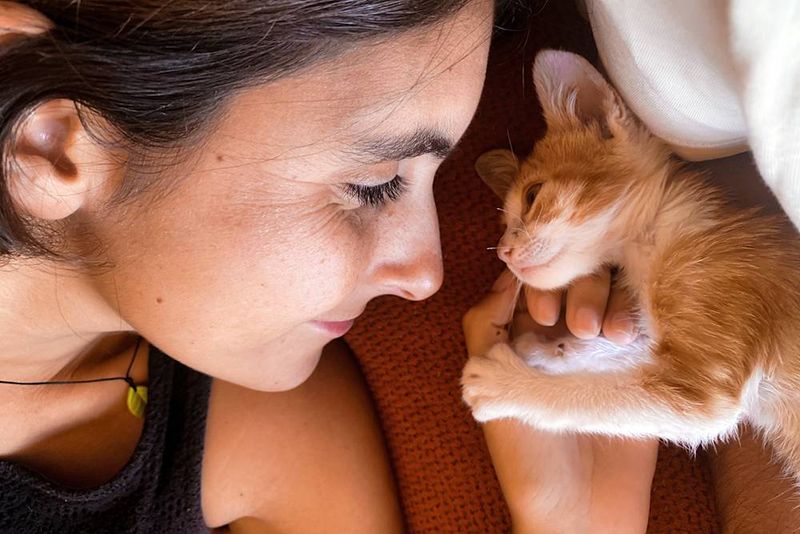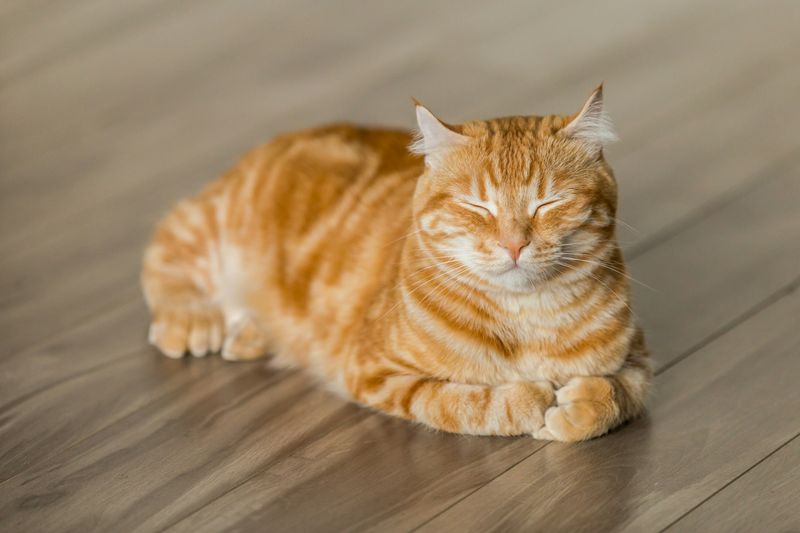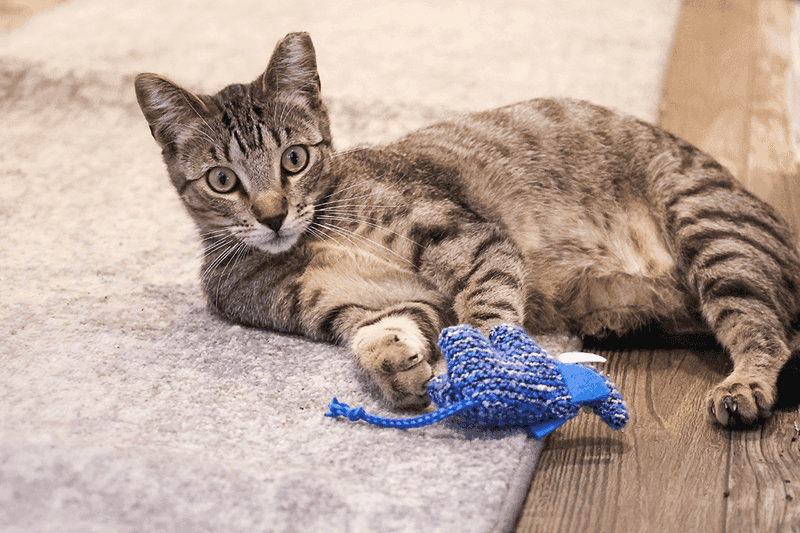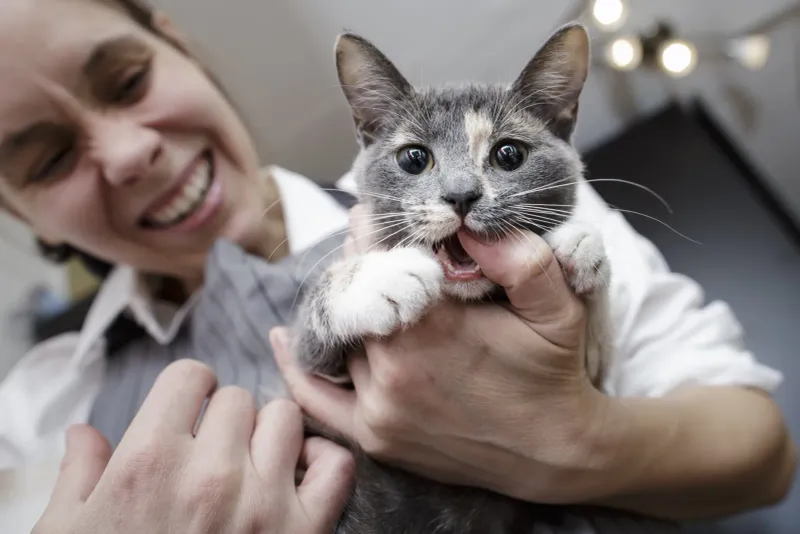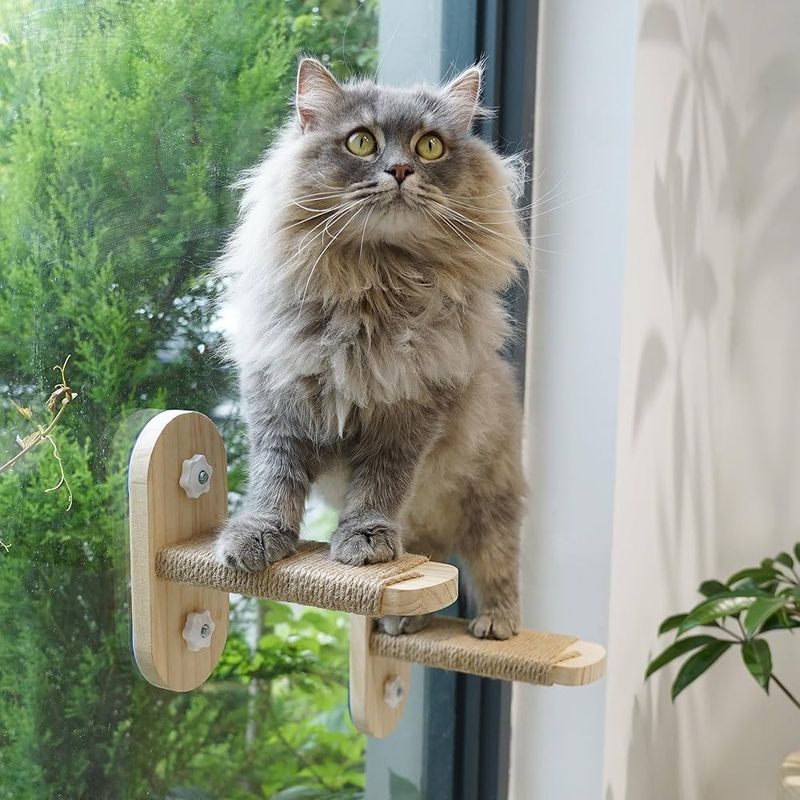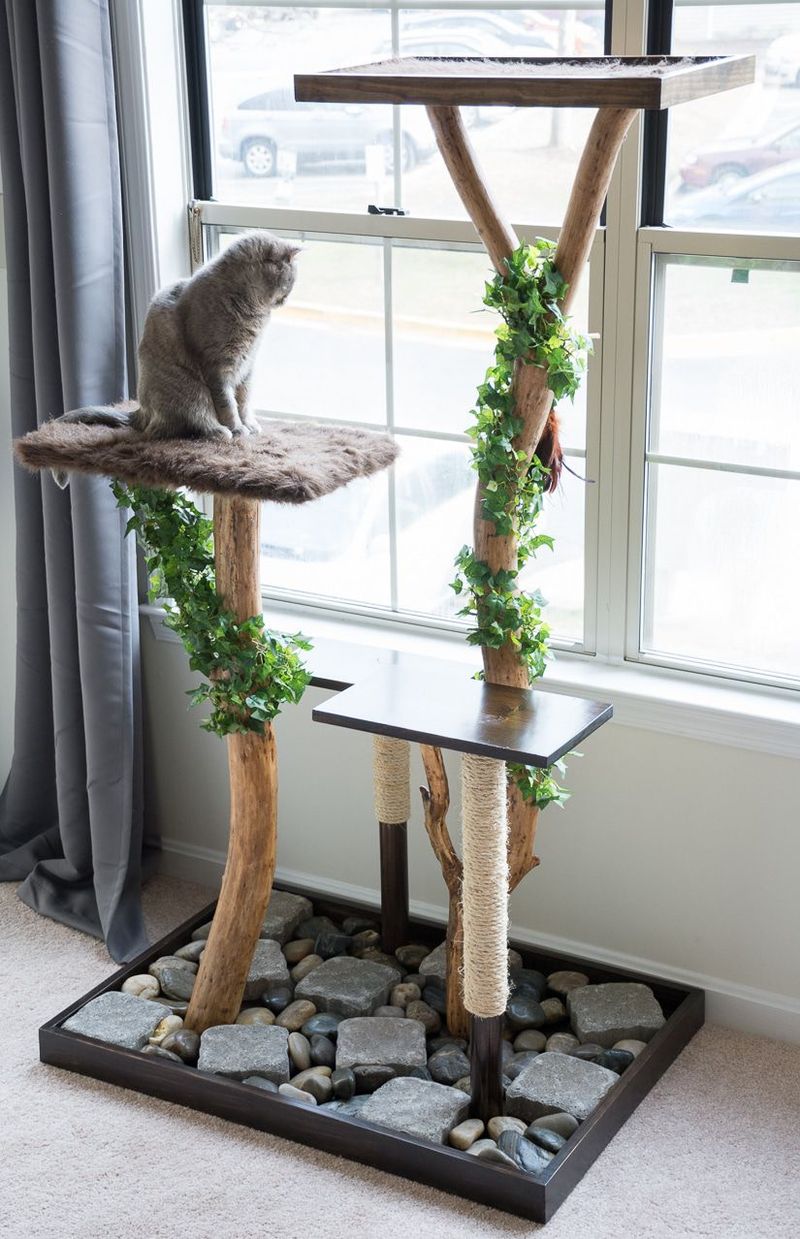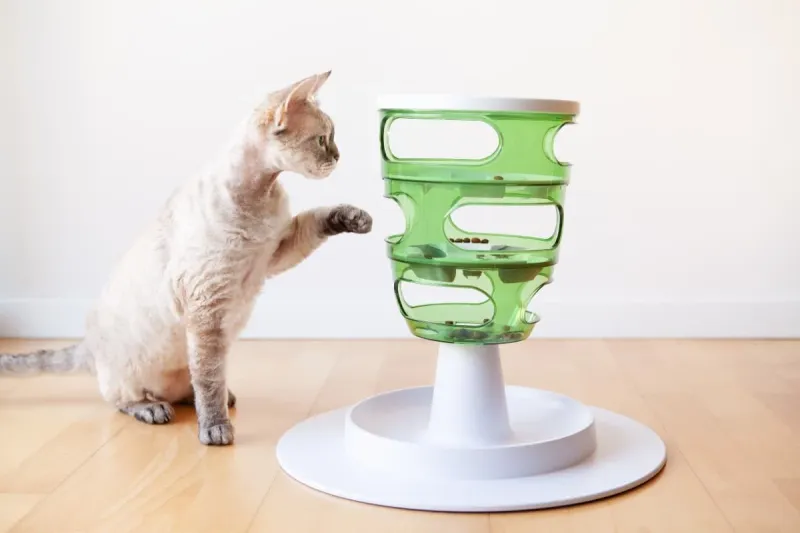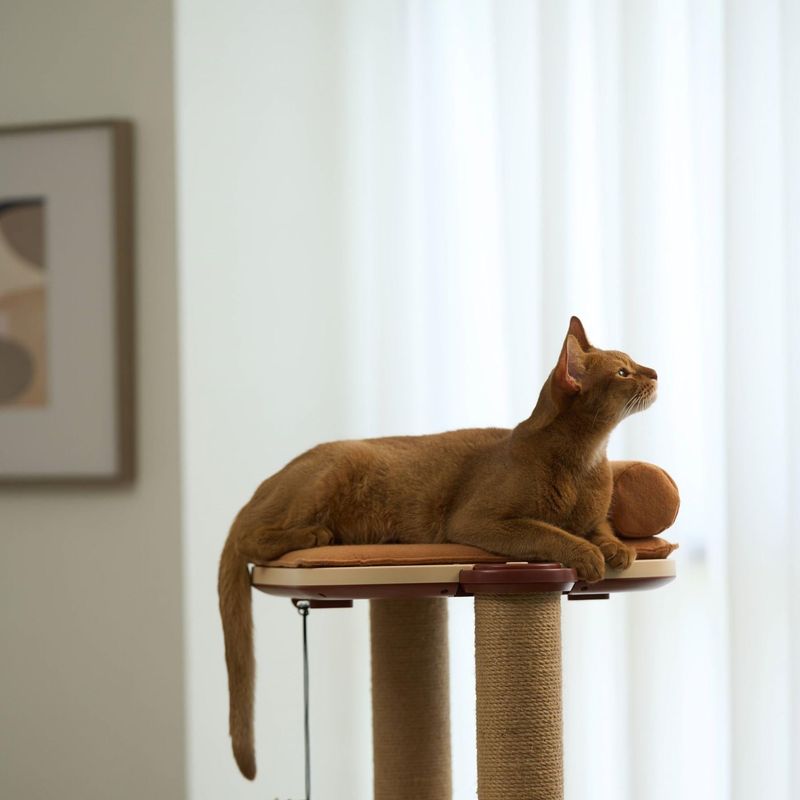📖 Table of Content:
- 1. Slow Blinks For Kitty Kisses
- 2. Create Cozy Hideaways
- 3. Respect Their Personal Space
- 4. Scheduled Play Sessions
- 5. Offer Gentle Grooming
- 6. Set Up Bird-Watching Stations
- 7. Provide Vertical Territory
- 8. Leave Scent Exchanges
- 9. Offer Food Puzzles
- 10. Create Calming Routines
- 11. Provide Scratching Options
- 12. Master the Art of Non-Touch Affection
Cats are fascinating creatures, known for their distinct ways of both giving and receiving affection. Unlike dogs, who often seek attention and closeness, cats have a more independent nature, yet still yearn for connection. Understanding their subtle cues can make all the difference in nurturing a healthy, trusting bond.
Striking the right balance between offering affection and allowing space is key to a fulfilling relationship with a cat. Their love is often shown in quiet, understated ways, which can be easily overlooked if one isn’t paying attention. Recognizing when to engage and when to give them room helps maintain harmony in the household.
Building a stronger bond with a cat doesn’t require grand gestures—sometimes, it’s the small things that matter most. Simple, thoughtful actions go a long way in making a cat feel loved and secure. By respecting their need for independence while offering moments of affection, a deeper connection can be formed.
1. Slow Blinks For Kitty Kisses
Making eye contact with your cat and slowly blinking is like sending them a kitty kiss. Cats naturally use this gesture to show trust and affection to those they feel safe around. When you catch your cat looking at you, try giving them a slow blink and see if they return it.
Many cats will blink back, creating a sweet moment of connection between you. This subtle communication works because it respects their space while acknowledging your bond. Best of all, you can share these special moments multiple times throughout the day without your cat feeling smothered.
2. Create Cozy Hideaways
Cats adore having their own special spots where they can feel secure while still keeping an eye on their territory. Setting up comfortable hideaways around your home shows you understand their need for both security and independence.
A cardboard box with a soft blanket inside, a cat bed tucked in a quiet corner, or a perch near a window gives your cat options to relax. The key is placing these retreats in different rooms so your cat can choose to be near you or have alone time.
3. Respect Their Personal Space
Independence is woven into a cat’s nature, as is their need for personal space. To truly connect with them, it’s important to sense when they seek companionship and when they desire solitude. By honoring these unspoken cues, a deep trust can form.
Watch for signs they want alone time—flattened ears, tail twitching, or turning away from you. When you notice these signals, simply back off and try again later. Your cat will appreciate that you understand their communication style. This respect builds trust over time, making your cat more likely to seek you out for affection on their terms.
4. Scheduled Play Sessions
Regular playtime satisfies your cat’s hunting instincts while creating positive associations with you. Short, energetic sessions with wand toys or laser pointers let them stalk, pounce, and “catch” their prey without overwhelming them.
Aim for 2-3 daily sessions of about 10 minutes each rather than one long session. Cats naturally hunt in short bursts, so this matches their natural rhythm. End each session by letting them successfully “catch” something, giving them a small treat afterward. This mimics the natural hunting sequence and leaves them feeling accomplished and content.
5. Offer Gentle Grooming
Brushing your cat mimics the social grooming cats do with trusted companions in their colony. Start with short sessions of just 2-3 minutes, focusing on areas your cat enjoys being touched. Most cats love being brushed around their cheeks, chin, and base of their tail.
Pay attention to your cat’s body language during grooming. Purring and leaning into the brush means they’re enjoying it. If they walk away, simply let them go without chasing after them. Regular gentle grooming helps reduce hairballs while creating a special bonding ritual between you.
6. Set Up Bird-Watching Stations
Cats are natural hunters who love observing the world outside. Creating a comfortable perch near a window gives them hours of entertainment and mental stimulation. Add a bird feeder outside the window (at a safe distance) to attract feathered visitors for your cat to watch.
This simple setup provides enrichment without requiring your constant attention. Your cat will appreciate having this special spot where they can engage their natural instincts. For extra comfort, place a soft cushion on the windowsill so they can lounge comfortably during their bird-watching sessions.
7. Provide Vertical Territory
Ever notice how cats always seem to find the highest spot in the room? They feel safer and more in control when they can keep watch from above. Giving them shelves or a cat tree is a great way to support that natural behavior.
These high perches allow cats to observe household activities without feeling threatened. They can choose to interact or simply watch from their elevated position. Placing these vertical spaces near areas where you spend time lets your cat feel connected to you while maintaining their independence—the perfect balance for a content feline.
8. Leave Scent Exchanges
Scent plays a central role in feline communication, especially when it comes to bonding. Gently rubbing a soft cloth on your cat’s cheek glands, then transferring that scent to your hands or clothing, helps reinforce trust.
You can also place items with your scent, like a worn t-shirt, in your cat’s favorite resting spots. This creates a comforting connection even when you’re not physically together. This technique is especially helpful for shy cats or when introducing new family members, as it builds familiarity through the language cats understand best.
9. Offer Food Puzzles
Food puzzles tap into your cat’s natural hunting instincts while providing mental stimulation. These toys require your cat to work for their treats, mimicking how they would hunt in the wild. Start with simple puzzles and gradually increase the difficulty as your cat becomes more skilled.
Rotating different types of puzzles keeps the challenge fresh and engaging. Some cats enjoy batting at rolling toys that dispense kibble, while others prefer stationary puzzles they can paw at. This enrichment activity shows your love by providing both mental and physical stimulation without demanding social interaction.
10. Create Calming Routines
Cats thrive on predictability. Establishing regular routines for feeding, play, and quiet time helps your cat feel secure in their environment. When cats know what to expect, they experience less stress and anxiety.
Try to feed your cat at the same time each day. Follow similar patterns for interactive play sessions and quiet cuddle time if your cat enjoys it. Even cleaning their litter box on a consistent schedule contributes to their sense of security. This structured approach shows your love through stability rather than constant attention, which many cats find overwhelming.
11. Provide Scratching Options
Scratching is a natural and necessary behavior for cats. By providing multiple appropriate scratching surfaces, you’re showing respect for their instincts while protecting your furniture. Different cats prefer different scratching positions and materials.
Some cats like vertical posts while others prefer horizontal pads. Experiment with sisal, cardboard, and carpet materials to discover your cat’s preference. Place these scratching options near their favorite resting spots and in social areas of your home. When your cat uses them, offer quiet praise to reinforce this positive behavior without making a big fuss that might startle them.
12. Master the Art of Non-Touch Affection
Not all cats enjoy physical contact, but that doesn’t mean they don’t want your love. Learning to show affection without touching is a valuable skill for cat owners. Simply sitting quietly in the same room as your cat communicates companionship without pressure.
Talking to your cat in a soft, gentle voice creates a connection without invasion of their space. Many cats appreciate your presence more when you’re not trying to pet them constantly. Reading their body language to know when they want interaction versus proximity helps build a relationship based on mutual respect rather than human expectations.

